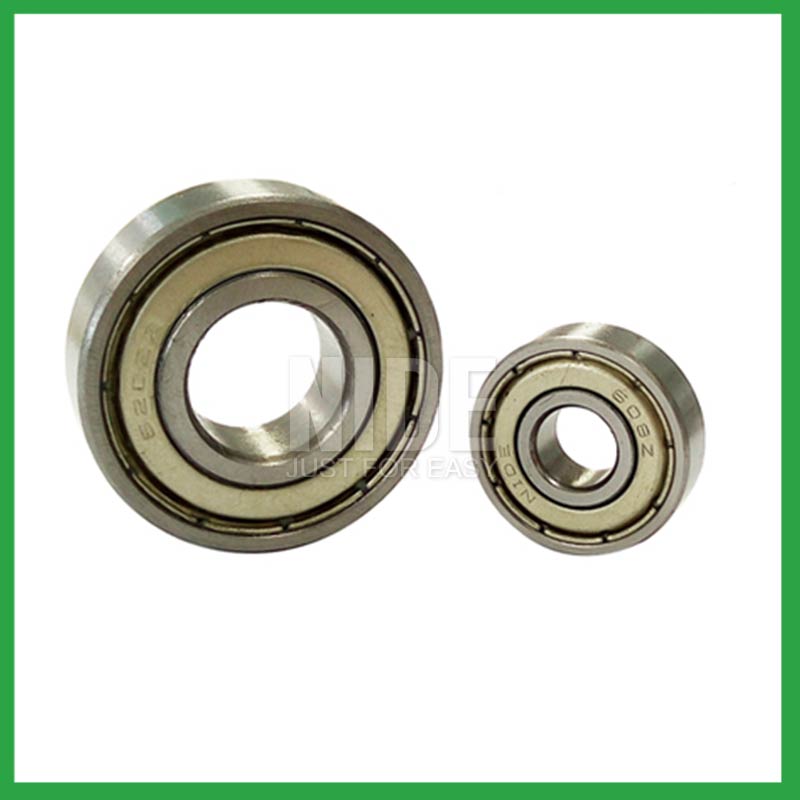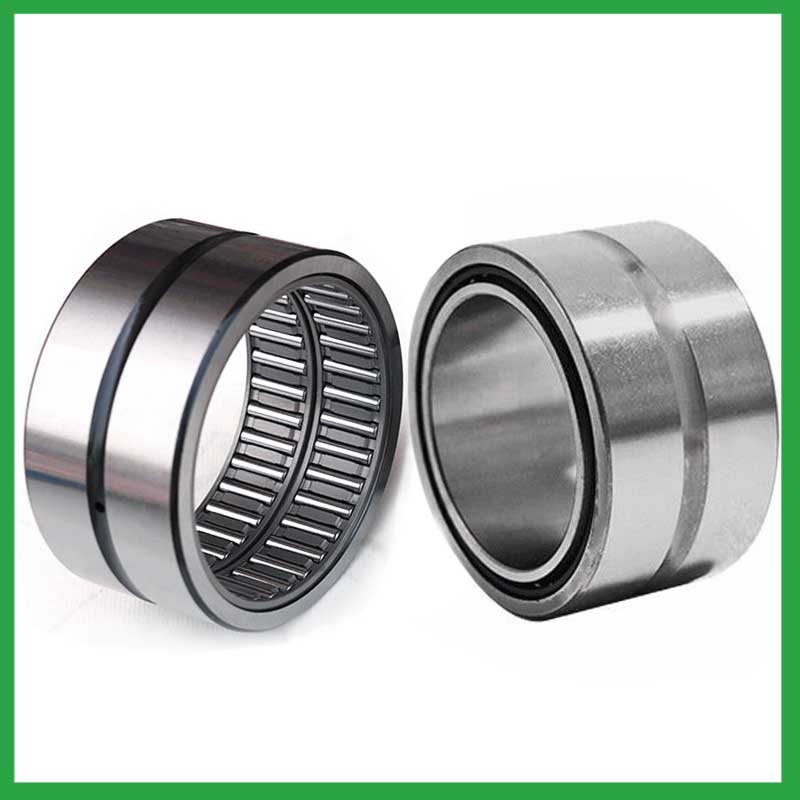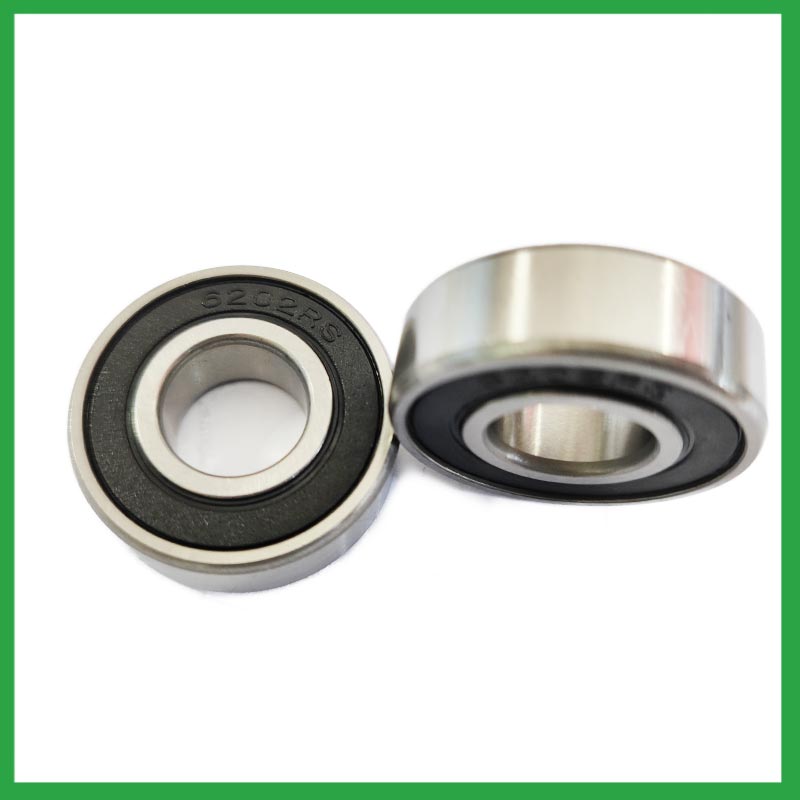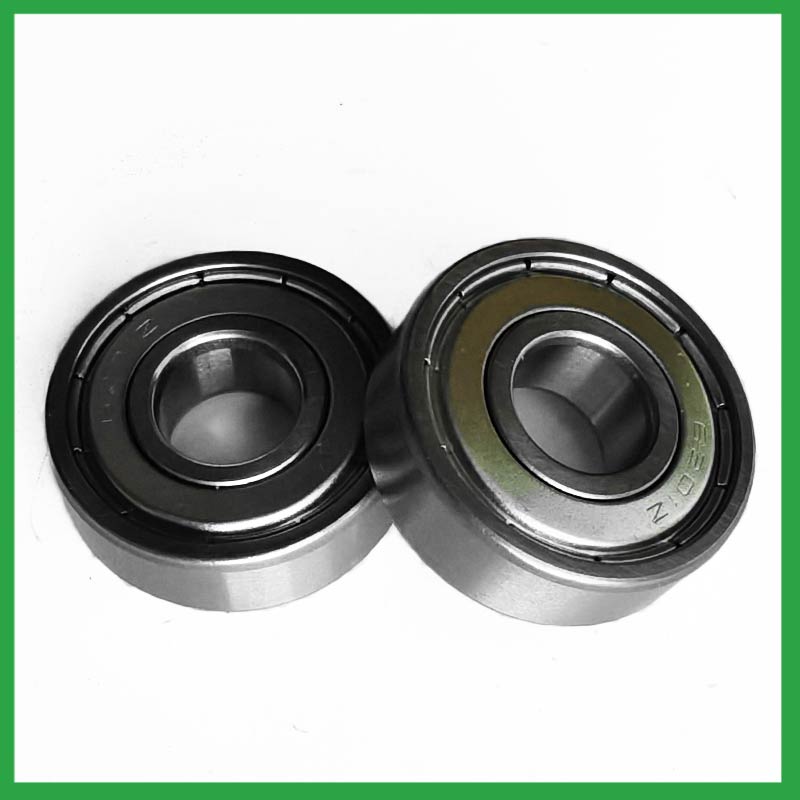PRODUCTS
CONTACT US
Ningbo Nide International Co., Ltd.
一一
· Contact person:Jack Zeng
· Mob/Whatspp/WeChat:0086-13738869026
· Email:emarketing@nide-group.com;marketing4@nide-group.com
· Add:No. 169, Wohushan Road, Daqi Subdistrict, Beilun District, Ningbo, China

Nide team could manufacture ball bearing as per customer’s drawing and samples.
If customer only has samples, we could also design drawing fo r our customer.
We also provide customized service.
Our ball bearing is widely applied the different industrials.
Haishu Nide International is one of the leading bearing manufacturers in China. We are a well-known supplier of high-quality ball bearing,commutator,magnet,fan,carbon brush,insulation paper,motor cover and lamination. Our products are widely used in fields such as electric automotive motor,water pump motor,fan motor,washing machine motor,servo motor,air condition motor,electric bicycle motor. We are proud to provide customers with the expected product knowledge, applied professional knowledge, quality control, and consistent reliable service.
We have modern computerized machinery and equipment to produce high-precision bearings. Our company is also equipped with complete chemical and metallurgical laboratories as well as standard room facilities.Nide has offices in India, Brazil, Korea, Turkey, and Argentina, good sales and service net work allow us to access and offer service to customers over the world easily and promptly.

| Parameter | Information |
| Product Name | ball bearing seal types |
| Place of Origin | Ningbo,Zhejiang |
| Brand Name | Nide |
| Material | chrome steel, etc. |
| Type | Ball |
| Warranty | 3months-1year |
| Port | Ningbo/Shanghai |
| Application | food processing machinery, etc. |
| Size(mm) | customize |
| Color | white+customized |
| Precision Rating | as per customer's requirement |
| Certification | ISO 9001 Certification,CE-insulation paper inserting machine,CE-stator coil winding inserting machine,etc |
| Feature | High speed,Good wear resistance...etc |
| Packaging Details | Suitable for sea transportation |
| Service | one-stop service |
| Model Number | ball bearing |
| Supply Ability | 100000-500000 Piece/Pieces per Month |
| Lead time (days) | 15-20 (To be negotiated) |
Please note: The above table data is for reference only. For specific information, please contact us.
ball bearing seal types can be used in household appliances, such as barrel machine spindle bearings,vegetable cutters,upper and lower pressure rods,washing machines, etc; It can also be used in industrial fields, such as reducers,weaving machine spindle bearings,motors,bearing cabinets, etc.
Before use, the model, size, and design of the ball bearing should be confirmed to ensure suitable application;
During installation, the installation load of the ball bearing should be minimized as much as possible to avoid unnecessary damage;
The bearing shaft and the bearing frame should be stable at the same time to avoid excessive tension.
Ball bearings have many advantages, making them highly competitive in the market.
Firstly, they are very durable and have good wear performance, making their service life longer than many other types of bearings.
Secondly, they are easy to install and can provide low friction performance in various applications.
Thirdly, they require a relatively low level of maintenance, making them cost-effective.
In addition, compared to many other types of bearings, their purchase cost is relatively low, making them an economical choice.




ball bearing seal types---FAQs Guide
2.How do cage designs affect ball bearing seal types speed and acceleration capabilities in high-speed machinery?
3.How do cage materials and designs impact ball bearing seal types performance and stability?
4.As a ball bearing seal types manufacturer,How Can We Guarantee Quality?
5.Do ball bearing seal types come in various tolerance classes?
6.What are the advancements and innovations in ball bearing seal types technology that have emerged in recent years?
7.What are the standard sizes and dimensions of ball bearing seal types?
8.As a ball bearing seal types manufacturer,can you supply samples?
9.About ball bearing seal types,Will you check the products before shipment?
10.Are there self-aligning ball bearing seal types that accommodate misalignment and shaft deflection in rotating equipment?
11.Are there miniature ball bearing seal types designed for use in precision instruments and small-scale mechanisms?
12.How do manufacturers address concerns related to bearing noise and vibration in sensitive equipment?
13.How do ball bearing seal types contribute to the overall efficiency and energy savings in industrial machinery and transportation systems?
14.What is the load distribution within a ball bearing seal types, and how does it vary between different bearing configurations?
15.Are there ball bearing seal types designed for use in critical medical equipment?
1.How do ball bearing seal types handle radial loads, axial loads, and combined loads, and what are their load-carrying capacities?
The type of bearing used also varies between these loads. While deep-groove ball bearing seal types are better equipped to handle radial loads, thrust ball bearings are designed for axial loads. However, it's essential to note that most bearings, such as angular contact ball bearings, can handle both radial and axial loads.The Bearing Static Capacity, Co, is the maximum load that can safely be applied to a non-rotating bearing that will not cause subsequent bearing operation to be impaired. It is based on calculated contact stress at the center of the most heavily loaded rolling element where it contacts the Inner Race.
2.How do cage designs affect ball bearing seal types speed and acceleration capabilities in high-speed machinery?
In high-speed ball bearing seal types, external load has a great effect on cage stability and sliding ratio, especially for the bearings at work in the starting process. The cage stability is worse in the beginning of the bearing starting process. The axial load greatly influences cage dynamic performance in the bearing starting process.
In addition, while ball bearings worked under steady conditions, axial load and radial load both have a great influence on cage dynamic performance. The effects of axial load on cage dynamic performance during the bearing starting process are opposite from the effects under steady conditions.
3.How do cage materials and designs impact ball bearing seal types performance and stability?
As the core component of rotating machinery, the performance and reliability of high-precision ball bearing seal types directly affect the overall performance and life of the machine and instrument . The increase of the rotational speed will aggravate the collision and friction of the cage, which will lead to the decrease of the rotational stability of the cage. The unstable movement of the cage could in turn lead to more severe collision and wear, thus reducing the life and reliability or even the destruction of the bearing.
Therefore, it is very necessary to study the cage stability to guarantee the stable operation of bearings. However, the dynamic characteristics of the cage is very complex. Parameters such as load, rotational speed and lubrication may affect its kinematic and tribological conditions, which leads to the change of its motion behavior.
4.As a ball bearing seal types manufacturer,How Can We Guarantee Quality?
Always a Pre-production Sample Before Mass Production;Always Final Inspection Before Shipment.
5.Do ball bearing seal types come in various tolerance classes?
Bearing tolerances are standardized by classifying bearings into the following six classes (accuracy in tolerances becomes higher in the order described): 0, 6X, 6, 5, 4 and 2.

6.What are the advancements and innovations in ball bearing seal types technology that have emerged in recent years?
Significant advancements have been made in ball bearing seal types steels over the years. Modern, ultra-clean bearing steels contain fewer and smaller non-metallic particles, giving ball bearings greater resistance to contact fatigue.
7.What are the standard sizes and dimensions of ball bearing seal types?
ball bearing seal types size charts are widely available, and can be used to find the measurements of a specific bearing. Series 6200 and 6300 are the most commonly used, and typically range from 10 x 30 x 9 mm (. 394 x 1.181 x . 354 in) to 150 x 320 x 65 mm (5.906 x 12.598 x 2.559 in).
8.As a ball bearing seal types manufacturer,can you supply samples?
Sure, samples can be provided free of charge, and the buyer pay the postage of the sample.
9.About ball bearing seal types,Will you check the products before shipment?
Yes, We have a professional QC team. Products will be strictly inspection before shipment.
10.Are there self-aligning ball bearing seal types that accommodate misalignment and shaft deflection in rotating equipment?
These ball bearing seal types are particularly suitable for applications where misalignment can arise from errors in mounting or shaft deflection. A variety of designs are available with cylindrical and taper bores, with seals and adapter sleeves and extended inner rings.

11.Are there miniature ball bearing seal types designed for use in precision instruments and small-scale mechanisms?
Miniature bearings, despite their small size, play a significant role in various industries and applications. These compact powerhouses, typically measuring less than one inch in outer diameter, offer exceptional precision, durability, and reliability. Miniature bearings find extensive use in precision instruments and robotics.
12.How do manufacturers address concerns related to bearing noise and vibration in sensitive equipment?
From a ball bearing seal types manufacturing perspective, a low noise or vibration rating is achieved by paying attention to the surface finish of the raceways and balls, their roundness, and selecting the correct cage design. Finely filtered low noise greases can also be used to reduce vibrations.
13.How do ball bearing seal types contribute to the overall efficiency and energy savings in industrial machinery and transportation systems?
The balls roll along the raceway, allowing for smooth rotation of the machinery or equipment. Ball bearings are used to support rotating, reduce friction and support radial and axial loads in high-load, high-speed applications where reliability and efficiency are critical.
14.What is the load distribution within a ball bearing seal types, and how does it vary between different bearing configurations?
The load distribution between the rolling elements and raceway is crucial in performance evaluation of rolling element bearings. Determine the load distribution by measuring the strain response at the bearing surface with a notched housing. Finite element analysis shows that the introduction of notches does not affect the load distribution. An experimental system was developed to investigate the load distribution in a cylindrical roller bearing. The experimental static load distribution agrees well with the theoretical calculation. The dynamic load at specific position of load zone reflects the manufacture difference among rollers and dynamic balance of distributing loads.
15.Are there ball bearing seal types designed for use in critical medical equipment?
Precision ball bearing seal types are among critical components in medical devices that are vital to ensuring patient safety. Correct choice of suitable ball and ring materials and the right product design can ensure high-precision bearings — and medical devices — have a long service life.
Precision bearings are used in a wide variety of medical devices including surgical power tools, ventilators and heart pumps — and patient safety depends on them all. Whatever the device, there is an onus on medical device original equipment manufacturers (OEMs) to ensure that the right type of bearings are chosen, and fit precisely into the application.


